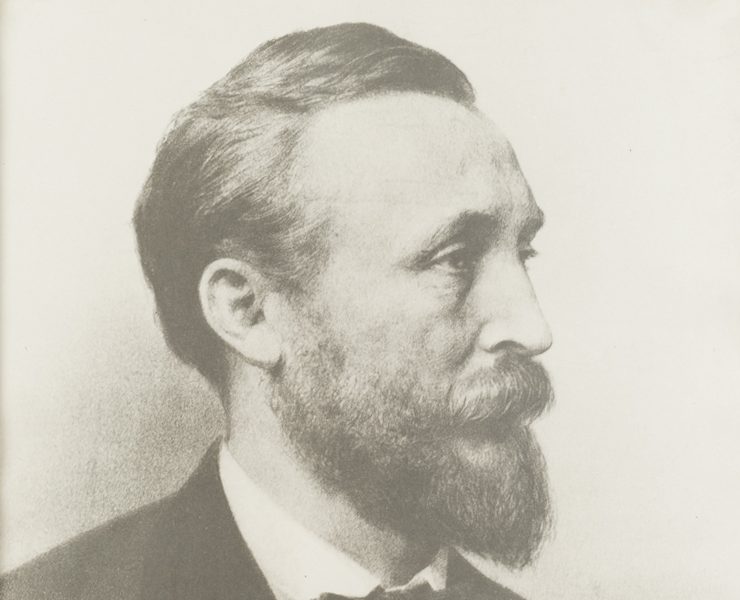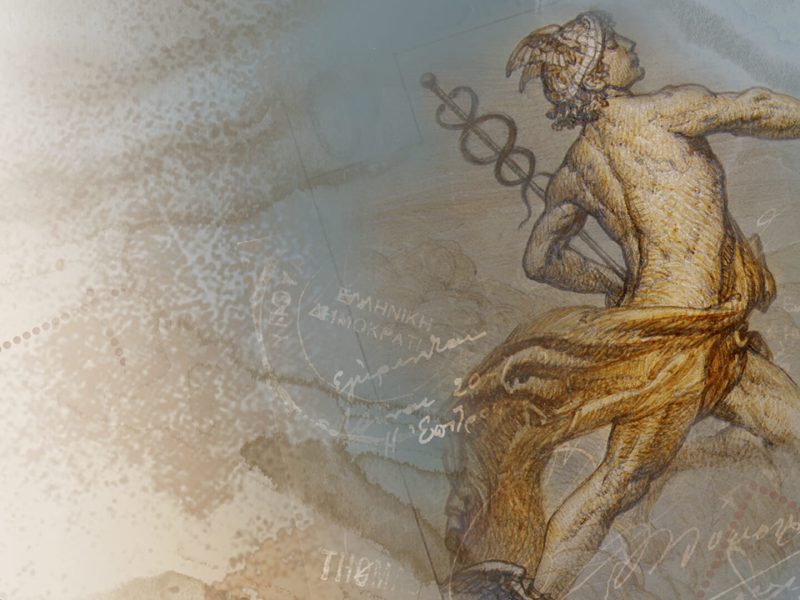
Désiré-Albert Barre
Painter
1818-1878


Désiré-Albert Barre
Painter
1818-1878

About the artist
Désiré-Albert Barre was born in Paris on 6th May 1818 and died on 29th December 1878. He was the second son of Jacques-Jean Barre (1793-1855), chief engraver of the Paris Mint from 1840 until he diedhisin 1855. Désiré-Albert Barre succeeded his father at the Mint from 1855 until his death in 1878. Jean-Auguste Barre (1811-1896), the eldest son of the Barre family, also succeeded his father at the Mint from 1878 until his death in 1896. The position of Chief Engraver at the Paris Mint was Created in 1547 by the King of France, Henry II, his powers included designing and producing n of dies for all coins and the supply of seals for the kingdom. When the first postage stamp appeared in France in the late 1840s, the Chief Engraver was responsible for the engraving and production of the dies necessary for producing theproducingtheting artwork thatinterestingintingg to the icons. Since 1775, the Chief Engraver has resided in the Hôtel de la Monnaie (Mint) Palace on Quai Conti in Paris. Désiré-Albert Barre was destined to become a painter from childhood. He was a pupil of the great painter Paul Delaroche. Accompanied by his teacher and sculptor brother, Jean-Auguste Barre, he studied ancient art during his many journeys to Greece and Italy. Under his father's guidance, he also learnt the art of engraving/printing, where his artistic talent was fully expressed. Between 1845 and 1855, Désiré-Albert Barre took an active part in designing and engraving the first French postage stamps, and in 1852 he became his father's assistant engraver. Although the paternity of the first French stamp of 1848 ("Cérès" or "Republique") is attributed to his father Jacques-Jean Barre, there is no doubt that he made a major contribution to this and to his father's other creations until 1855. Désiré-Albert Barre designed and engraved all French coins and medals as well as all postage stamps of France and its colonies during his tenure as Chief Engraver of the Paris Mint between 1855 and 1878. He was also the designer and producer of dies for the currencies of many countries (Columbia, Egypt, Ecuador, Greece, Honduras, Mexico, Tunisia, Venezuela, etc.) as well as for postage stamps (Greece, Guatemala, Romania, etc.). Throughout his life, Désiré-Albert Barre maintained an extraordinaryveryst intimate relationship with Greece, drawing inspiration from the artistic creations of the ancient world for his paintings and, later, for his graphic works. Subsequently, as head engraver, he designed the coins of the Kingdom of Greece bearing the head of King George I, as well as many medals and seals of the Kingdom. In 1860, the Hellenic Post Office commissioned him to design the first Greek postage stamp. Désiré-Albert Barre chose to illustrate it in the form of Hermes. Hermes is the messenger of the Olympian gods. In 1861, Désiré-Albert Barre used a unique method to produce the plates for the seven classes of the Large Hermes Head, using the method used to mint coins. The Large Hermes Head is the only stamp ever printed using this method. The plates of the 1861 classes were used for over twenty years, from 1861 to 1882, to print stamps, first in Paris and then in Athens. The plates are on display at the Philatelic and Postal Museum of Athens. The stamp with the Large Hermes Head of the Paris issue is regarded by many philatelists as one of the masterpieces of classical philately. In 1875/1876, Désiré-Albert Barre also produced the matrix for two new classes of the Large Hermes Head, requested by the Union Générale des Postes (UGP.), the predecessor of the Universal Postal Union (U.P.U.). During the same period, he designed the first Greek postal products ("Postcards"), which again bear the image of the Large Hermes Head. Louis Fanchini Académie de philatélie, FRPSL September, 2023










